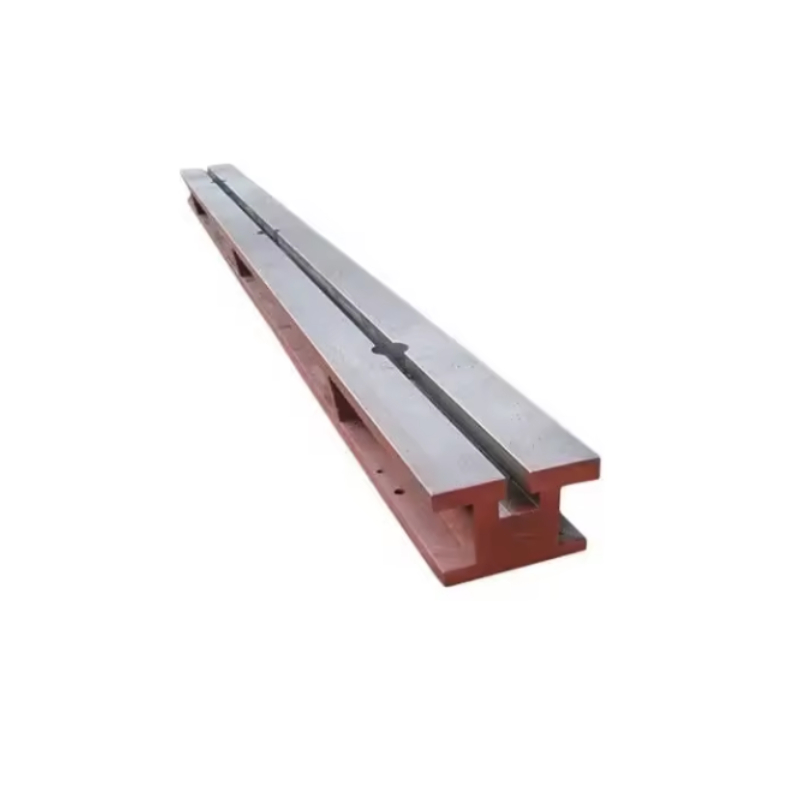Dec . 11, 2024 10:53 Back to list
Exploring Various Types of Pressure Control Valves for Optimal System Performance
Understanding Pressure Control Valve Types
Pressure control valves play a critical role in regulating and maintaining the pressure levels within various systems, particularly in industries such as oil and gas, water treatment, and manufacturing. By controlling the pressure through different mechanisms, these valves ensure system safety, efficiency, and longevity. In this article, we explore the different types of pressure control valves, their functions, and applications.
1. Relief Valves
Relief valves are designed to protect systems from overpressure conditions. When the pressure in a system exceeds a predetermined limit, the relief valve opens to allow excess fluid to escape, thereby preventing potential damage to equipment and ensuring safe operation. These valves are commonly used in boilers, pressure vessels, and pipelines, where maintaining safety standards is crucial. Relief valves can be categorized into two main types direct-acting and pilot-operated. Direct-acting valves rely on a spring-loaded mechanism that opens when pressure rises, while pilot-operated valves utilize a small pilot valve to control the larger valve, offering more sensitivity and stability.
2. Regulating Valves
Regulating valves are essential for maintaining a constant pressure in a system despite fluctuations in flow rates. These valves continuously adjust their opening based on feedback from the system, ensuring that the output pressure remains within desired limits. Regulating valves are often used in water distribution systems, chemical processing, and HVAC applications where consistent pressure is necessary. They can be further divided into pressure-reducing valves and pressure-increasing valves, each serving different operational needs.
pressure control valve types

Back pressure valves are used in systems to maintain a specified pressure upstream of the valve. By allowing only a certain amount of fluid to pass while preventing backflow, these valves stabilize processes and help to control flow rates. Back pressure valves are frequently employed in applications such as wastewater treatment and chemical feed systems, where controlling pressure is essential to prevent system failures and optimize performance.
4. Control Valves
Control valves are crucial in automated systems, where they adjust flow rates and pressure based on control signals. These valves can be operated manually or automatically, depending on the complexity of the system. They are often equipped with actuators that respond to signals from control systems, adjusting the valve position to maintain desired pressure levels. Control valves are widely used in process industries, including chemical and oil refineries, where precise control over the process parameters is vital.
5. Pressure Reducing Valves (PRVs)
Pressure reducing valves are specifically designed to lower the inlet pressure to a safe or desired level at the outlet. These valves are commonly found in water supply systems where high-pressure mains must supply water at lower pressures to residential buildings and industrial applications. PRVs function by using a spring-loaded diaphragm mechanism that modulates the valve opening based on downstream pressure, thereby maintaining a stable outlet pressure.
Conclusion
In conclusion, pressure control valves are indispensable components in various industrial applications, each type serving unique functions and operational requirements. Understanding the differences between relief valves, regulating valves, back pressure valves, control valves, and pressure reducing valves is crucial for engineers and system designers. By selecting the appropriate valve type for a given application, one can ensure optimal performance, safety, and efficiency within the system. As technology advances, we can expect further innovations in valve design and functionality, enhancing their roles in modern industrial processes. Whether in industrial settings or everyday applications, the significance of pressure control valves cannot be overstated.
-
Flanged Gate Valve: A Reliable Choice for Industrial and Municipal SystemsNewsAug.20,2025
-
Soft Seal Gate Valve: A Modern Solution for Reliable Pipeline ControlNewsAug.20,2025
-
Gate Valve Types: Understanding the Options for Your Pipeline SystemsNewsAug.20,2025
-
Y Type Strainer: Essential for Clean and Efficient Flow SystemsNewsAug.20,2025
-
Cast Iron Y Strainer: Durable Solutions for Demanding ApplicationsNewsAug.20,2025
-
Flanged Y Strainer: An Essential Component in Industrial Filtration SystemsNewsAug.20,2025
Related PRODUCTS









